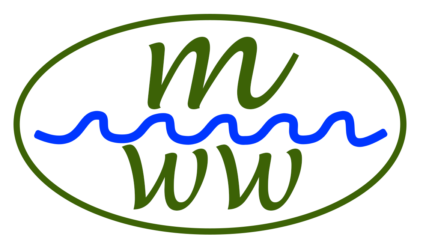Last week the members of Vermont’s Endangered Species Committee had one of their four yearly meetings in Montpelier. Members of this committee include four Vermont biologists, three state bureaucrats, and two agronomists. Two items of local interest were on the agenda. There was an acknowledgement that Jim Andrews of Salisbury was the 2019 recipient of the Sally Laughlin Award. The award is given by the Vermont Agency of Natural Resources to recognize individuals who have advanced the knowledge, understanding, and conservation of endangered and threatened species and their habitats in Vermont. Jim has been involved in over 25 years of creative work in Vermont on reptile and amphibian conservation. Congratulations to Jim for this well deserved honor.
Also on the agenda were the presentation and discussion of a report about the potential for harm to endangered and threatened species of bats as a result of BLSG’s roadside spraying of chemical pesticides to kill mosquitoes. The report was prepared by Jeff Parsons of Arrowwood Environmental, an environmental consulting firm in Vermont. Jeff has worked in Vermont for three decades on wetlands, habitat, and wildlife including bats and other endangered species. The conclusion of Arrowwood’s report is that direct harm to endangered and threatened bat species is a likely result of BLSG’s roadside spraying of mosquito pesticides. The report can be read or downloaded here.
The report makes a detailed argument presenting the following evidence that bats are being harmed:
- All five species of bat on the Vermont endangered species list live and forage in towns of the BLSG District.
- The endangered and threatened bats are active in the BLSG District in the summer, and at nighttime forage on the wing for insects. This activity is during the same months and hours that BLSG’s spray trucks are misting the air with pesticides to kill mosquitoes.
- Bats have unique vulnerability to this pesticide mist which may be inhaled, absorbed through the wing membrane, or ingested while grooming (licking their fur or the fur of other bats). Bats may also catch and eat insects contaminated with the pesticide.
- Studies have demonstrated that low doses of these pesticides can have adverse effects on a bat’s mobility functions and immune response which would make them susceptible to injury, disease, and death.
- The Vermont endangered species law offers strong protection for listed species by prohibiting activities which could result in a “take” which is defined as “an act that creates a risk of injury to wildlife,
whether or not the injury occurs.”
When the Endangered Species Committee completes its review of the report, it can make a recommendation to the Secretary of the Agency of Natural Resources. One possible recommendation is for BLSG to apply for an incidental take permit which describes how a take could result and how BLSG can modify its operation to minimize the risk of a take.
The committee plans to refer this issue to its Scientific Advisory Group on Mammals and take up the issue again at the next scheduled committee meeting this winter.

